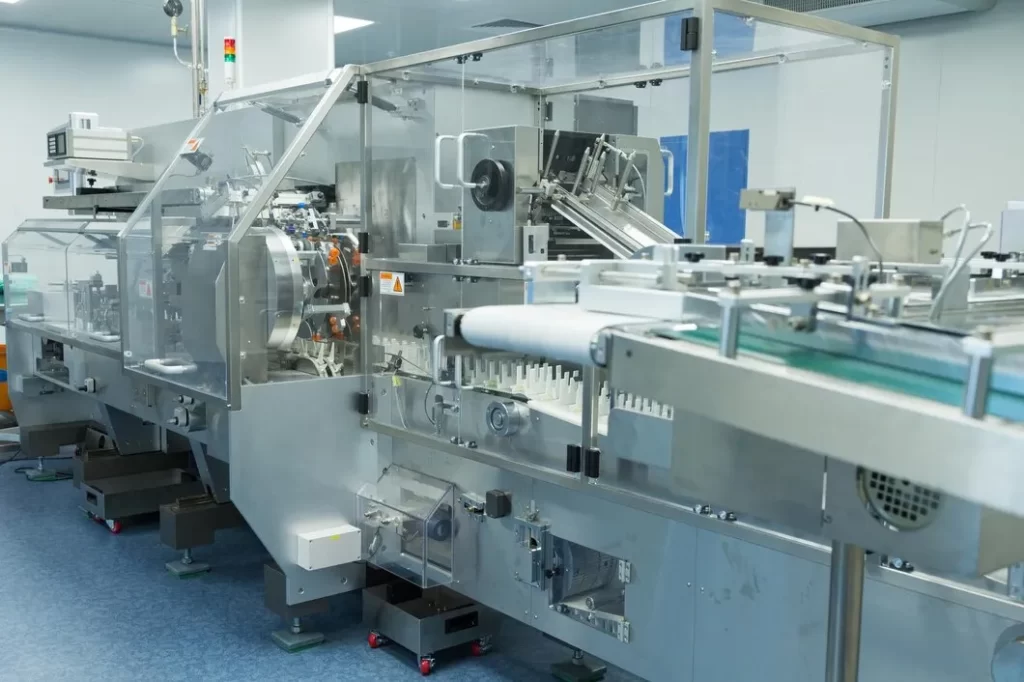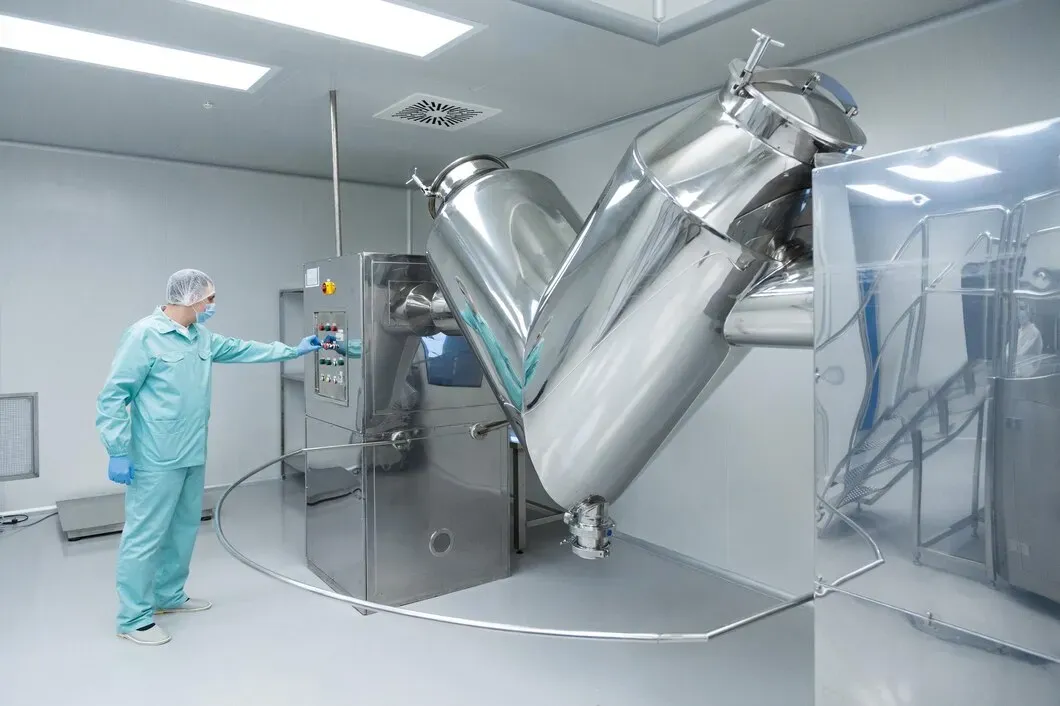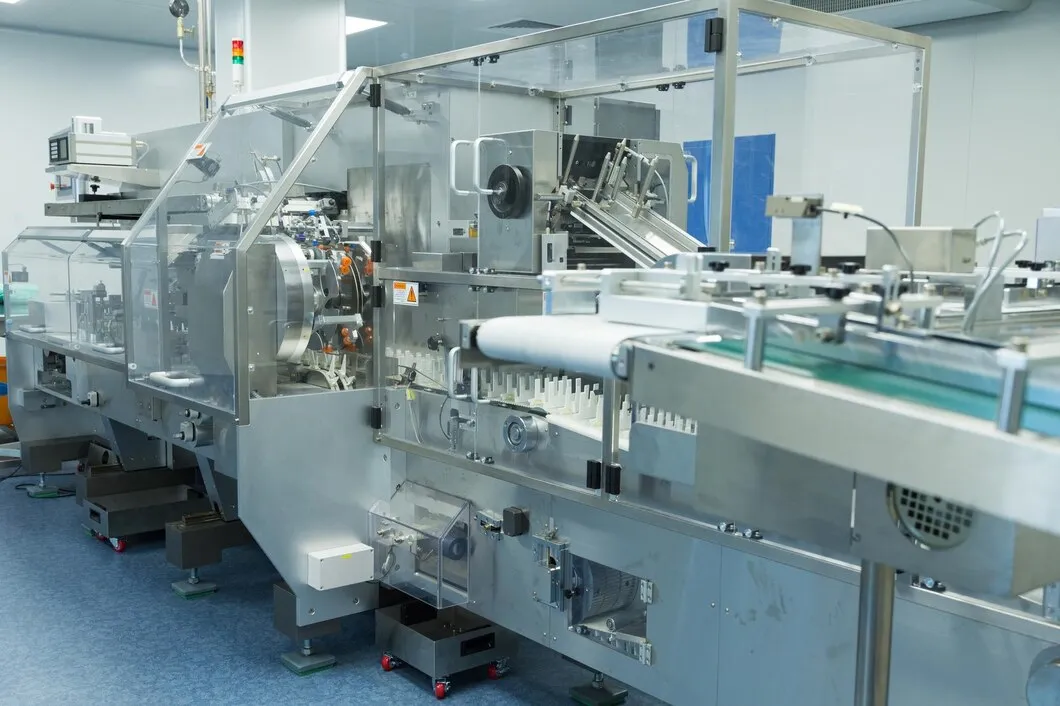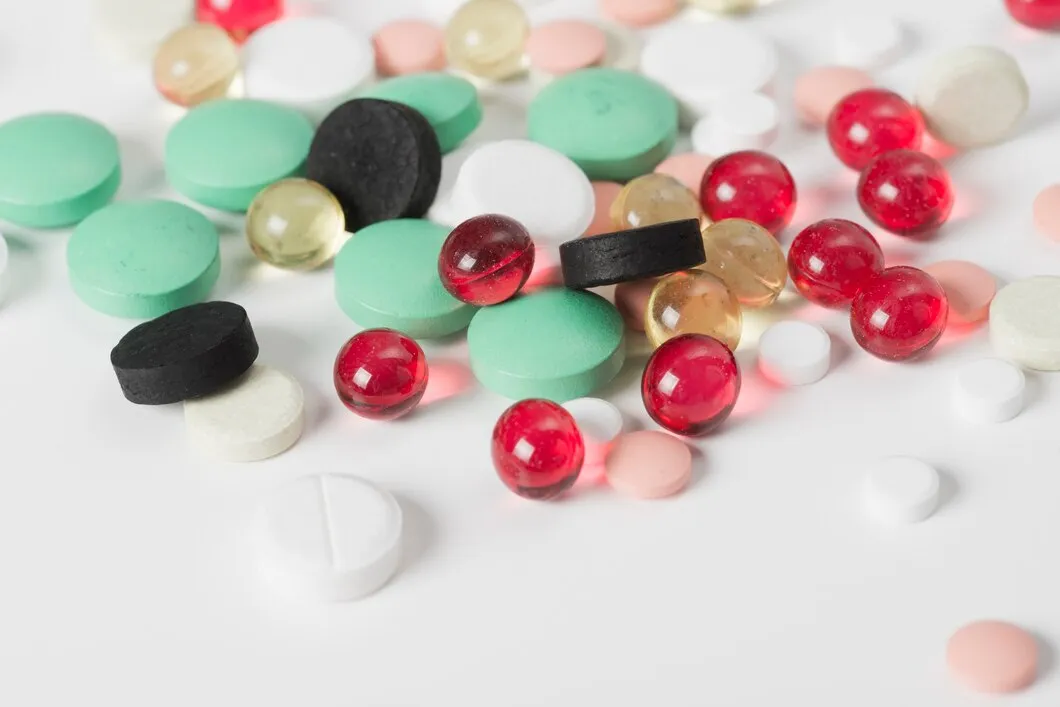Blister packaging is everywhere in pharma—from tablets to capsules to sample packs. It protects the product, extends shelf life, and improves patient safety. But for manufacturers, it’s more than just packaging—it’s a system built around speed, precision, and compliance.
If you’re in pharma manufacturing or packaging procurement, here’s what you need to know about blister packaging: how it works, what it’s made of, and why it’s one of the most trusted formats in the industry.
Blister packaging involves sealing a product—usually a solid dose like a tablet—into a molded cavity covered by a backing layer. The cavity is typically made of a clear plastic material, allowing visibility, while the backing is often foil or paper that protects the contents and provides labeling space.
There are two main ways to create the plastic cavity:
Once the cavity is formed and the product is placed, the lidding material (like aluminum foil) is sealed to the back. This creates an airtight, tamper-evident enclosure.

Blister packs might look simple, but they rely on specific materials engineered for function and protection.
This is the plastic part of the blister that forms the cavity. Common materials include:
Usually aluminum foil, which provides a strong barrier against moisture, oxygen, and light. It’s also printable and easy to push through, which is important for unit-dose formats.
Together, the forming and lidding materials create a sealed, secure space that protects the product inside while making it easy to dispense one unit at a time.
Blister packaging machines automate the entire process—from heating the film, forming cavities, inserting the product, sealing, to cutting the packs. In high-volume pharma manufacturing, these machines are crucial for efficiency, accuracy, and GMP compliance.
There are two main types of blister packaging machines:
Modern blister packaging machines can run at high speeds (up to hundreds of packs per minute), include in-line printing and inspection, and allow quick changeovers for different product types.
Some trusted suppliers of blister packaging equipment include Uhlmann, IMA, and Romaco. Canaan also provides integrated blister packaging machine solutions tailored for pharma environments, combining reliability, performance, and compliance.
Blister packaging has become the go-to choice in pharmaceuticals for several good reasons:
Product Protection
Each unit is individually sealed, protecting it from contamination, moisture, oxygen, and physical damage. That keeps the product effective for longer and minimizes waste from exposure.
Tamper Evidence
Blister packs are nearly impossible to open and reseal without visible damage. This offers a clear layer of safety for patients and end users.
Dosing Accuracy
Unit-dose packaging means patients receive exactly what they need—no more, no less. It helps with medication adherence and reduces dosing errors.
Compliance and Traceability
Blister packs can be printed with batch numbers, expiry dates, and even QR codes. This supports full traceability and aligns with global pharma regulations like FDA 21 CFR Part 11 and EU Annex 11.
Shelf Life and Storage
High-barrier materials used in blister packaging extend shelf life by protecting against humidity and air. This is critical for sensitive drugs and in markets with long distribution timelines.
Cost-Effective and Scalable
While the setup requires investment in a blister packaging machine, the cost per unit is low, especially at scale. And with quick changeover capabilities, it’s easier to handle multiple SKUs or short production runs.
If your product requires protection, traceability, and convenience, blister packaging is a strong option. It’s especially well-suited for tablets, capsules, and small-format oral solids. For liquid or powder forms, stick packs or vials may be better—but many manufacturers still use blister cards for secondary packaging or trials.
Choosing the right blister packaging machine depends on your product’s sensitivity, the required speed, available space, and regulatory demands. It’s worth working with a supplier who understands pharma requirements—not just packaging in general.
Blister packaging isn’t just about presentation—it’s a complete system for protection, dosing, and compliance. With the right materials and equipment, it can simplify operations, reduce waste, and support regulatory goals. As pharmaceutical manufacturing continues to evolve, blister packaging remains one of the most trusted and scalable solutions on the line.
Looking to upgrade or launch your blister packaging setup? Talk to us about machines built for modern pharma manufacturing—from forming to sealing to full integration.




Before any drug reaches a patient, it starts in a lab. That’s where formulas are tested, batches are checked, and quality is either confirmed or questioned. To do that work right, labs depend on the right equipment—tools that don’t just get the job done, but do it with precision. If you’re responsible for running or […]

Blister packaging is everywhere in pharma—from tablets to capsules to sample packs. It protects the product, extends shelf life, and improves patient safety. But for manufacturers, it’s more than just packaging—it’s a system built around speed, precision, and compliance. If you’re in pharma manufacturing or packaging procurement, here’s what you need to know about blister […]

If you’re deciding how to deliver a pharmaceutical or supplement product, the format you choose—liquid gels or tablets—will shape more than just how it looks. It affects how the product is made, how fast it’s absorbed, what kind of equipment you’ll need, and how the end user experiences it. Some actives work better in a […]